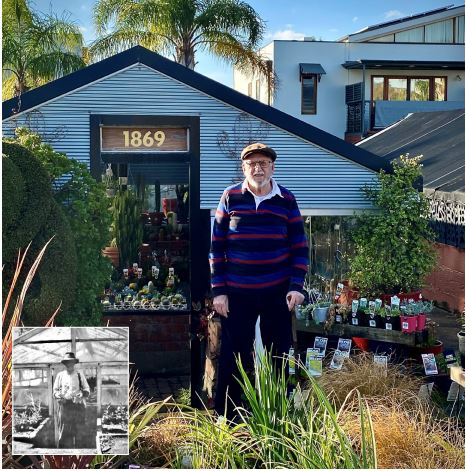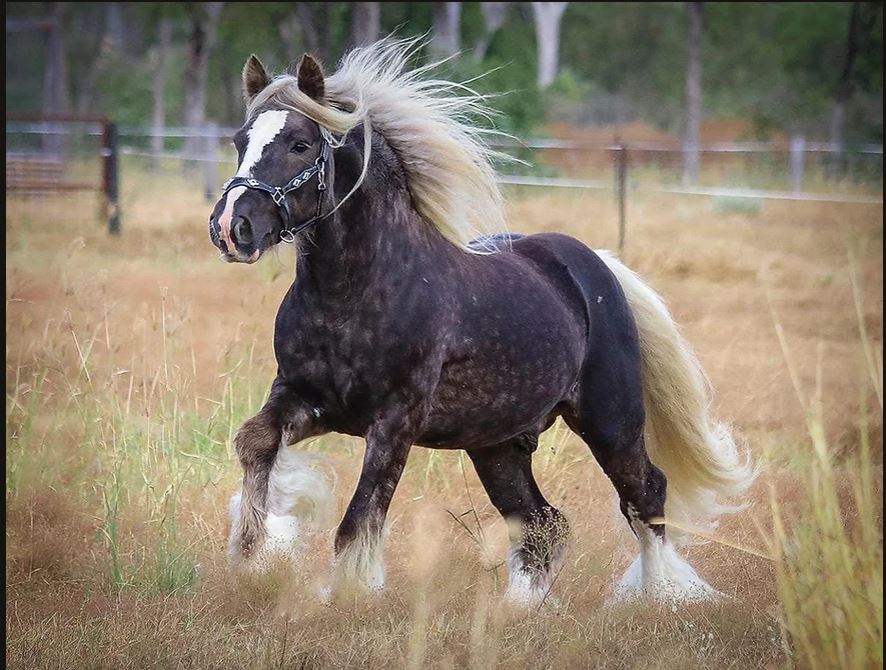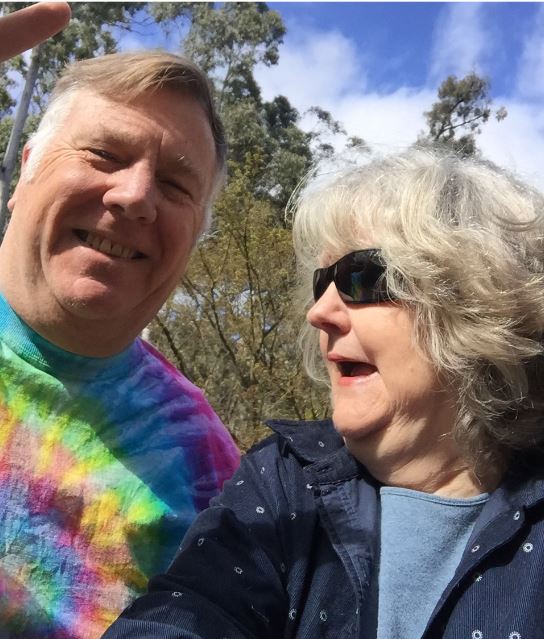July 9th, 2024Glen, about the house…

Then and now
A brief glimpse back into the growth of Australian nurseries – specifically South Australia and Victoria. I’m most familiar with those, having been born into one of the earliest and still thriving, nursery families in Adelaide.
One of the earliest forms of business set up in the colony of South Australia was that of the nurseryman. It was imperative that the colonists grew their own fruit and vegetables as the nearest greengrocer was three to four days away in Victoria.
The place to find a supply of seed and young plants was their local nursery. Several such businesses date back to 1860, only 14 years after the first free settlers arrived at Glenelg Bay.
Among them was a young German botanist who, having drawn up the initial plans for the newly built Government House and Melbourne Botanical Gardens, decided to join with the others to be “his own man” and so began the Heyne dynasty.
In those early days, all business was conducted from the nurseryman’s backyard, where he would be self-employed (not counting his wife and kids), growing and tending his young plants, his only tools being shovel, rake and spade.
His only means of watering the tender young plants was by watering can, no doubt filled from a rainwater tank or well.
Anyone needing advice on the best plants and the best way of caring for them was still being given friendly and helpful service from their nurseryman’s experience.
Gardening must have been a real effort in those days when the only fertiliser was dried cow or horse manure and the best way to deal with aphis was to scrub them off with a stiff wire brush and no doubt leaves, skin and buds as well.
Plants were relatively expensive. For example an araucaria (Norfolk Pine) would have cost between a shilling and sixpence.
“Not bad”, you may say until you remember that a good wage was about 30 bob a week. The same plant today would cost you at least $15 – $20, so you can see plants have really increased little in price from those days, when compared with the great proportional increase in wages.
Throughout the development of each state, the nursery industry has kept up to date with all modern trends and is now a very different business from that of 60 years ago, when I left the family business.
In those days all soil and potting mixtures were moved with shovel and wheel barrow, soil was sieved and mixed by hand, usually by throwing it through an old bed spring base.
Today, in most cases, the soil is moved by front-end loader and mixed by power-driven machinery. Even the containers have changed. In the early days, the pots were made of clay and advanced plants were grown in wicker baskets.
After World War II, to help overcome the dire shortage of clay-made products, the nursery industry took to growing their large plants in metal cans and drums.
Then, after years of trial, the plastics industry came to the rescue and now finally, plants of all shapes and sizes come resplendent in colourful, hygienic plastic containers.
My youngest brother, who took over the nursery business with his daughter and son, passed away recently – another victim of that dreaded Alzheimer’s disease.
Naturally, Peta and I were at his funeral where we met up with, not only lots of long-lost family, but most of Adelaide’s nursery industry identities.
Peta wanted to have a probably final look at the original house and nursery on our way home to see all the developments since our last visit some 10 years ago, hence my pose in front of the relatively restored glass house – the black and white 1930s shot is of my grandfather Carl Heyne.
Got a gardening query? Email glenzgarden@gmail.com










